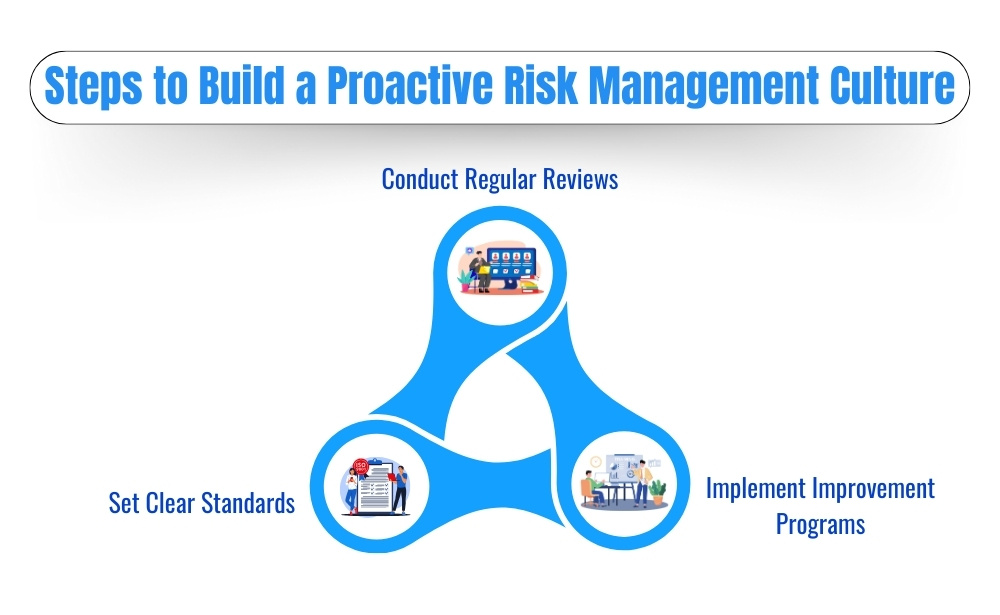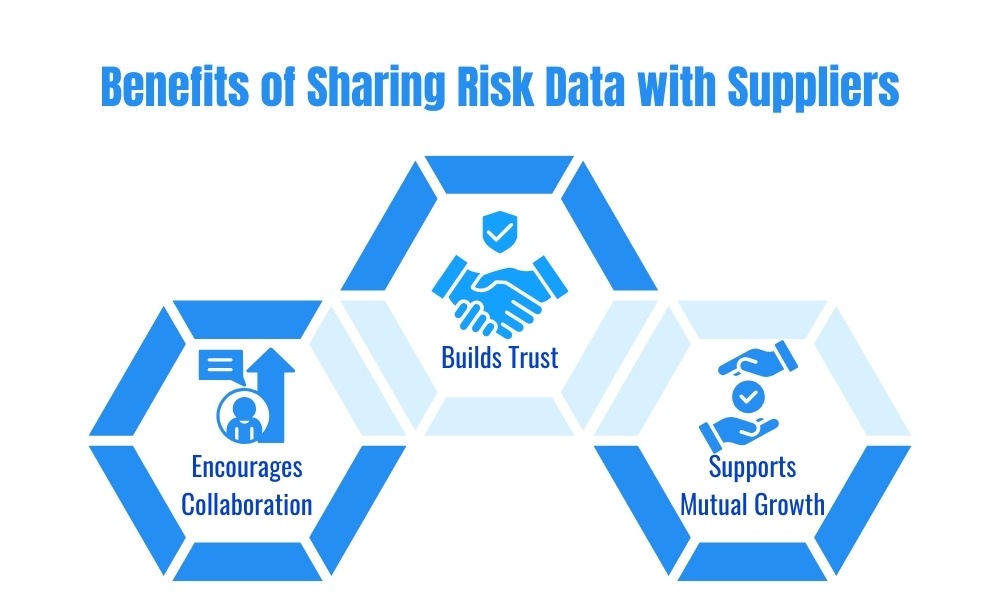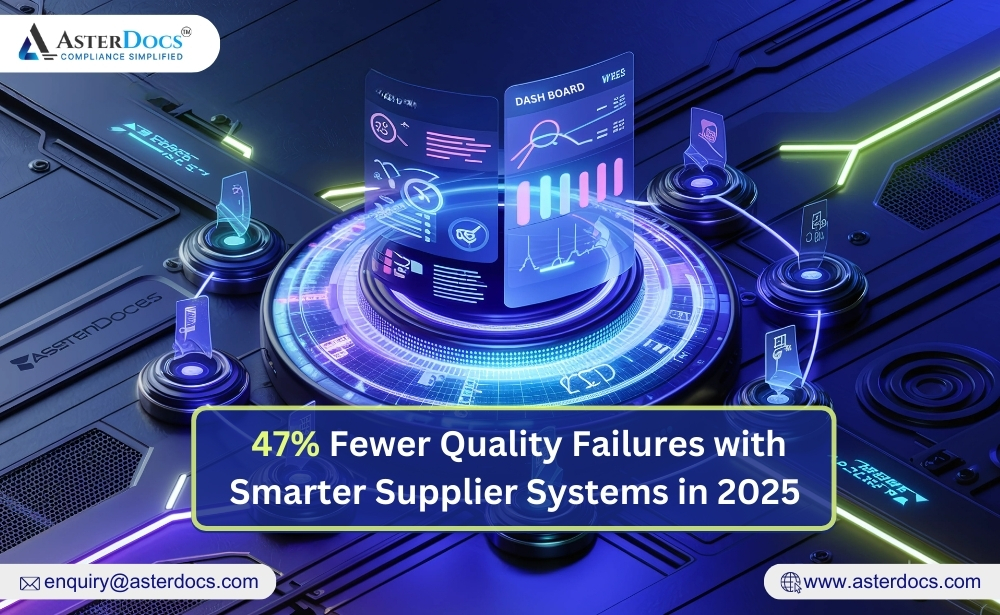Effective supplier quality management is critical for maintaining consistent standards, especially in industries where quality and compliance are non-negotiable. However, quality management without a robust supplier risk assessment framework can leave businesses vulnerable to unexpected disruptions and costly mistakes. Risk assessment in quality management allows organizations to proactively identify, evaluate, and mitigate potential risks within their supply chain. By implementing a structured approach to risk assessment, companies can address weaknesses before they escalate into larger issues.
Supplier quality management combined with a strong risk assessment process not only reduces operational risks but also enhances resilience, making it easier to adapt to changes and maintain stability even when challenges arise.
Supplier Risk Assessment Before They Become Issues
An essential aspect of supplier risk assessment is the ability to spot quality risks early. With effective tools and practices, companies can identify warning signs that signal potential issues, enabling them to take preventive actions before problems disrupt the supply chain. For instance, assessing suppliers based on their past performance, compliance records, and capacity to meet quality standards helps organizations identify high-risk suppliers.
Early detection is crucial because addressing a quality issue at its root can prevent larger disruptions, costly recalls, or damage to brand reputation. Supplier risk assessment tools provide businesses with a detailed view of supplier performance and reliability, allowing them to take action proactively rather than reactively.
Key Benefits of Early Risk Identification
- Reduced disruption potential: Mitigate issues before they affect production timelines.
- Cost savings: Prevent costly recalls and quality-related penalties.
- Improved supplier reliability: Identify high-risk suppliers early, allowing for improvement plans or alternative sourcing options.
By spotting risks early, companies can strengthen the entire supply chain, ensuring a consistent flow of high-quality products to meet customer expectations.
Building a Proactive Risk Management Culture
Creating a proactive risk management culture within an organization is essential for ongoing supplier quality management. Rather than waiting for issues to arise, a proactive culture encourages teams to anticipate challenges and establish processes to address them before they impact operations. This approach transforms risk management from a reactive process to an integral part of day-to-day decision-making.
To build a proactive risk management culture, companies can:
- Conduct regular supplier reviews: Schedule periodic evaluations to track supplier performance and address potential concerns early.
- Set clear quality and compliance standards: Establish unambiguous criteria for suppliers, setting the expectation for quality from the outset.
- Implement continuous improvement programs: Encourage suppliers to participate in ongoing quality enhancement initiatives, fostering collaboration and accountability.
A proactive culture promotes accountability and keeps quality standards front and center in supplier relationships. When risk assessment is embedded in the company’s operational practices, teams are better prepared to maintain high-quality standards and adapt quickly to supply chain fluctuations.
The Role of Supplier Scorecards in Monitoring Risk
Supplier scorecard software is a powerful tool for monitoring supplier performance and managing risk. By evaluating suppliers through scorecards, businesses can maintain an organized and data-driven view of their suppliers, track risk factors over time, and make informed decisions based on consistent metrics.
Scorecards can reveal patterns in supplier behavior, allowing companies to address issues with suppliers who consistently fall below quality expectations. Additionally, scorecards allow companies to make objective comparisons between suppliers, ensuring only reliable and high-quality suppliers remain in the network.
Leveraging Risk Data to Strengthen Supplier Relationships
Supplier risk assessment isn’t just about identifying issues—it’s also a tool for strengthening relationships through transparency and collaboration. By sharing relevant risk data with suppliers, companies encourage open communication, building a foundation of trust. This transparency helps suppliers understand exactly how they’re being evaluated and what areas require improvement, enabling them to align more closely with the company’s quality standards.
Benefits of Sharing Risk Data with Suppliers
- Builds trust: Transparency fosters trust by clarifying performance expectations.
- Encourages collaboration: Suppliers are more likely to work on quality improvement if they understand how their performance is measured.
- Supports mutual growth: By addressing risks together, companies and suppliers can create more resilient and beneficial partnerships
Conclusion
Implementing a supplier risk assessment framework is an investment in long-term stability and quality. By identifying and addressing risks proactively, businesses can reduce vulnerabilities, build stronger supplier relationships, and ensure consistent quality across their supply chain. For organizations seeking to elevate their quality management approach, adopting robust risk assessment tools and strategies is a strategic move.
If you’re ready to take your supplier management to the next level with a reliable, data-driven approach, explore our resources on supplier quality management and risk assessment.















